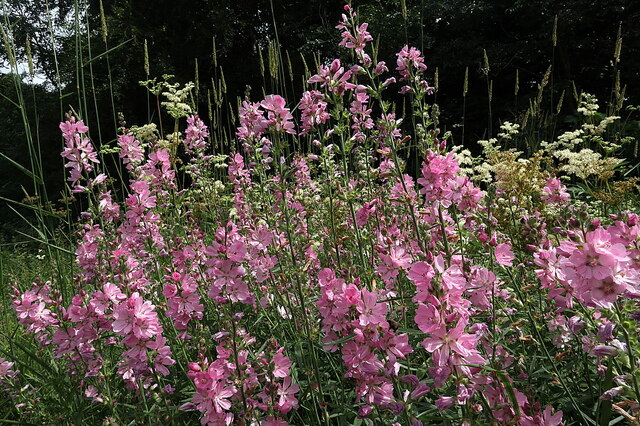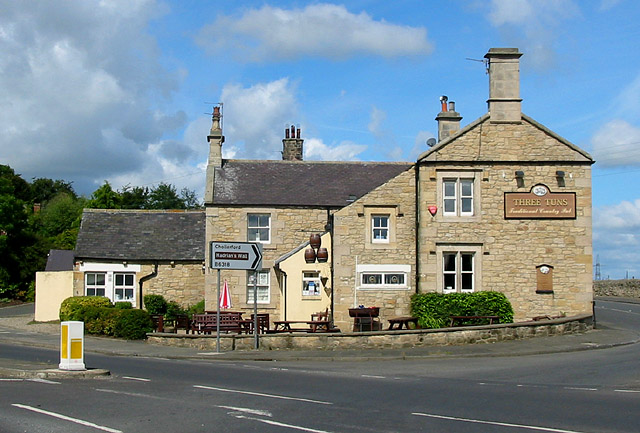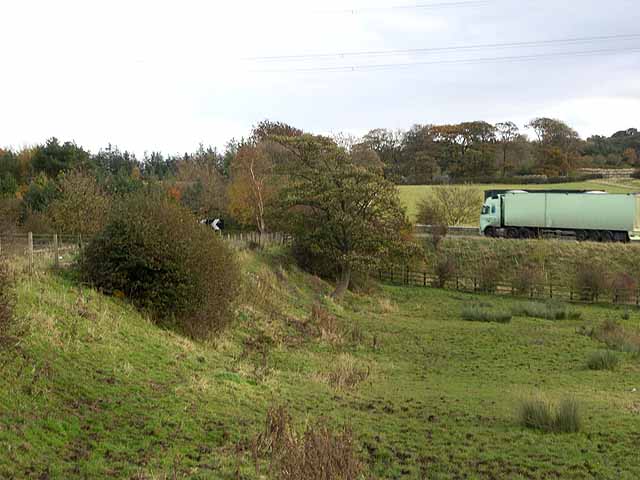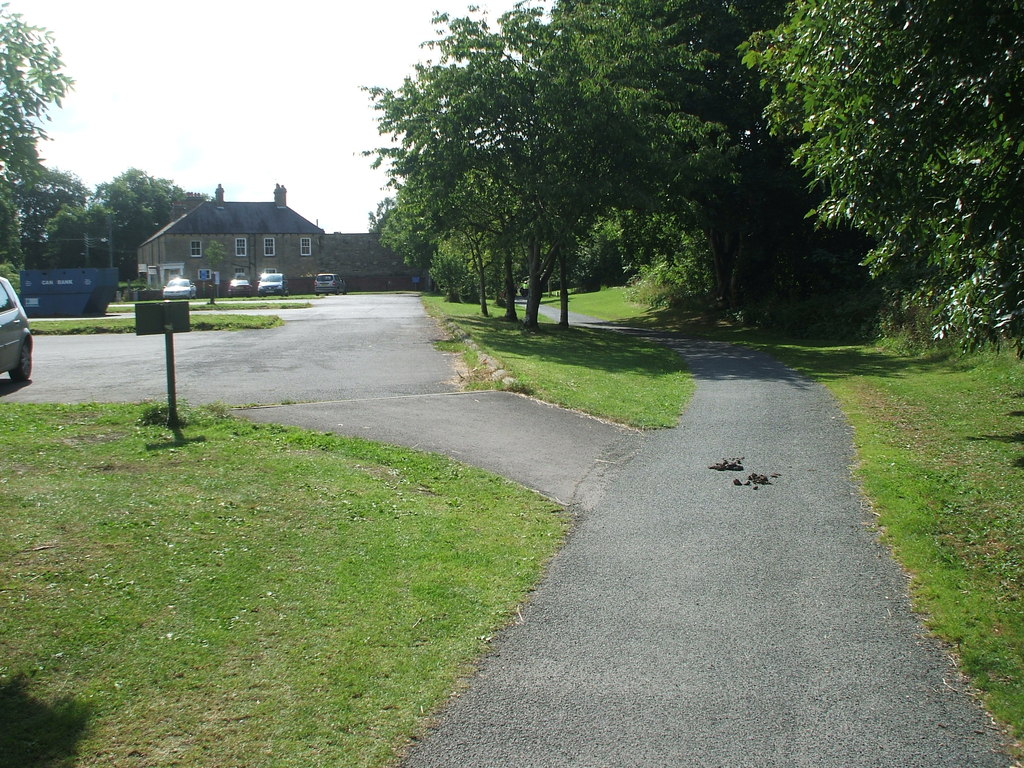Ashbank Wood
Wood, Forest in Northumberland
England
Ashbank Wood

Ashbank Wood is a serene and picturesque forest located in Northumberland, England. Covering an area of approximately 100 acres, this enchanting woodland is a popular destination for nature enthusiasts and outdoor lovers.
The wood is characterized by its diverse range of tree species, including oak, birch, beech, and pine. These majestic trees provide a dense canopy that offers shelter and shade to a variety of wildlife, creating a thriving ecosystem within the wood. Visitors can expect to encounter a plethora of bird species, such as woodpeckers, owls, and thrushes, as well as small mammals like squirrels and rabbits.
Traversing the wood, visitors will find well-maintained footpaths and trails that lead deep into the heart of the forest. These paths offer a tranquil and immersive experience, allowing visitors to fully appreciate the beauty and tranquility of the natural surroundings. The wood is also home to a small, babbling brook that adds to the peaceful ambiance of the area.
Ashbank Wood is a true haven for outdoor activities. It provides ample opportunities for hiking, birdwatching, and photography. Additionally, the wood is a popular spot for picnics and family outings, with designated areas equipped with benches and tables.
Overall, Ashbank Wood is a magical destination for those seeking solace in nature. Its stunning landscape, abundant wildlife, and well-maintained trails make it an ideal place to escape the hustle and bustle of everyday life and immerse oneself in the beauty of the natural world.
If you have any feedback on the listing, please let us know in the comments section below.
Ashbank Wood Images
Images are sourced within 2km of 54.988296/-1.8020919 or Grid Reference NZ1265. Thanks to Geograph Open Source API. All images are credited.








Ashbank Wood is located at Grid Ref: NZ1265 (Lat: 54.988296, Lng: -1.8020919)
Unitary Authority: Northumberland
Police Authority: Northumbria
What 3 Words
///centrally.perfumes.narrating. Near Heddon on the Wall, Northumberland
Nearby Locations
Related Wikis
Close House, Northumberland
Close House is a country estate near Heddon-on-the-Wall, Northumberland. The estate contains a Grade II* listed former mansion house, which is currently...
British Masters
The Betfred British Masters is a professional golf tournament. It was founded in 1946 as the Dunlop Masters and was held every year up to 2008, except...
Heddon-on-the-Wall
Heddon-on-the-Wall is a village in Northumberland, England, located on Hadrian's Wall. Heddon-on-the-Wall is roughly 9 miles (14 km) west of the centre...
George Stephenson's Birthplace
George Stephenson's Birthplace is the 18th-century stone cottage home of rail pioneer George Stephenson. Located along the north bank of the River Tyne...
Milecastle 12
Milecastle 12 (Heddon) was a milecastle of the Roman Hadrian's Wall. Its remains lay under Town Farm, Heddon-on-the-Wall, (just opposite the farm house...
Clara Vale
Clara Vale is a village situated on the south bank of the River Tyne in Tyne and Wear, England. Once an independent village in County Durham it became...
Milecastle 13
Milecastle 13 (Rudchester Burn) was a milecastle of the Roman Hadrian's Wall. Its remains exist as a low platform south of the B6318 Military Road....
North Wylam railway station
North Wylam railway station served the village of Wylam, Northumberland, England from 1876 to 1968 on the Tyne Valley Line. == History == The station opened...
Nearby Amenities
Located within 500m of 54.988296,-1.8020919Have you been to Ashbank Wood?
Leave your review of Ashbank Wood below (or comments, questions and feedback).
















